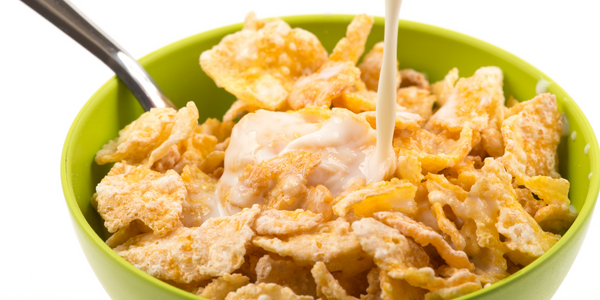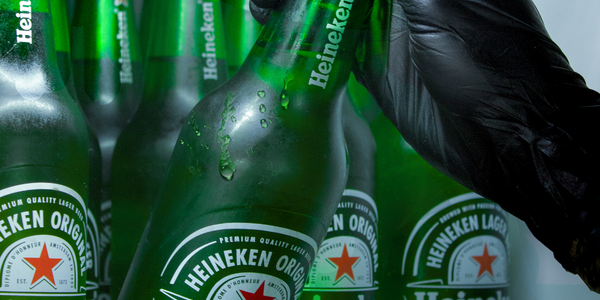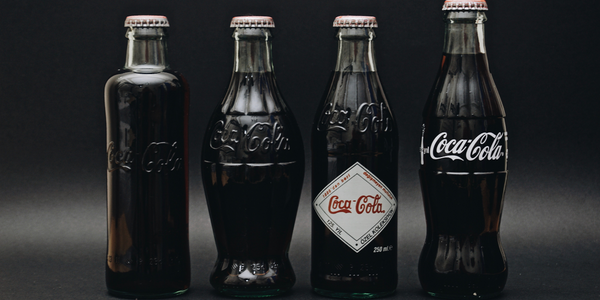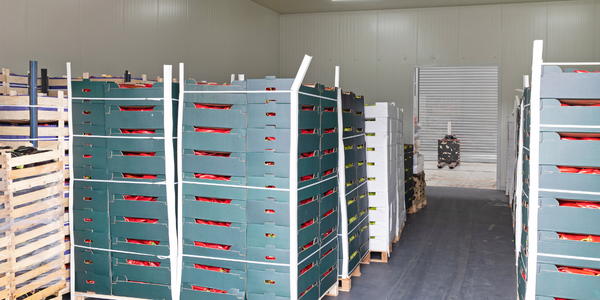Improving Gross Profit with a Promotions Strategy
公司规模
Large Corporate
地区
- America
国家
- United States
产品
- Antuit Trade Promotion Analytics
- Antuit Scorecard
技术栈
- Machine Learning
- Data Analytics
实施规模
- Enterprise-wide Deployment
影响指标
- Cost Savings
- Revenue Growth
- Productivity Improvements
技术
- 分析与建模 - 机器学习
- 分析与建模 - 预测分析
- 功能应用 - 企业资源规划系统 (ERP)
适用行业
- 食品与饮料
适用功能
- 销售与市场营销
- 商业运营
服务
- 数据科学服务
- 系统集成
关于客户
The customer is a major beverage company with a broad range of challenges involving their brand promotion performance. They were looking to improve sales and margins, and gain a better understanding of how to improve ROI. The company faced issues with visibility of overall performance and needed insights into how to position their key brands in major sales channels such as mass retailers, supermarkets, and convenience stores. They sought a data-driven approach to optimize their promotional investments across their brand portfolio, aiming to drive revenue, be competitive, and achieve greater profitability.
挑战
This beverage company’s promotional efforts were falling flat for three key brands. Their strategy was to heavily promote their flagship product during major sporting events to drive top line revenues and earn greater market share. With some success, this strategy became costly and did not generate the return on investment the company was looking for. In addition, other promotions were not sufficient to drive brand profitability as well. The company was lacking insights into the ways that their key three brands should be positioned in three major sales channels – the huge mass retailers, supermarkets, and convenience stores. What was the best way to invest promotional spend to drive revenue, be competitive, and return a greater profitability by brand by channel? Promotions were an important part of this beverage company’s strategy, but company executives realized that they needed better analysis and a simulation tool to understand how to carry out that strategy. They turned to Antuit and asked for a set of “golden rules” that could guide them in terms of what to do – and what not to do – for future promotions.
解决方案
Antuit addressed the problem with a trade promotion analytics approach that addressed the issues of volume uplift, gross profit, promotional frequency, timing and their impact on ROI. Looking at data from the previous 12 months, Antuit reviewed 75 different promotions across the three brands and three sales channels. Antuit used a machine learning approach to analyze promotions that generated greater than 60 percent volume share to understand the significant factors that contributed to promotional success. Leveraging this deep analytical approach, Antuit produced a scorecard that demonstrated that the company’s past promotions were misallocating the wrong brand in the wrong channel and often against the wrong competitor. It showed that mass retailers and convenience stores were prime opportunities for one of their secondary brands to replace their flagship brand due to a high cost to distribute with little ROI. This brand switching was also critical to be competitive within the hypermarket and convenience store channels by blocking competitive distribution during key occasions. This same analysis was done for supermarkets, and it was clear that another brand was the best choice for supermarkets as well. The flagship brand, despite its limited success with sporting event ties, was one that the data showed should be downplayed. This was a direct result of a lack of local popularity of this brand within the geographical area. With a deep analytical approach, Antuit found that with minor investment in one of the brands, the company could expect an impressive 300 percent uplift through brand switching. The data also revealed, to the company’s surprise, that price was not the most significant factor in predicting promotional effectiveness. More surprisingly, price wasn’t even in the top five most significant factors for driving promotional success. It turned out that the size of the package (how many bottles or cans were in a pack) was the key to improving margin, while the brand itself was the most important factor in driving sales volume.
运营影响
数量效益

Case Study missing?
Start adding your own!
Register with your work email and create a new case study profile for your business.
相关案例.

Case Study
The Kellogg Company
Kellogg keeps a close eye on its trade spend, analyzing large volumes of data and running complex simulations to predict which promotional activities will be the most effective. Kellogg needed to decrease the trade spend but its traditional relational database on premises could not keep up with the pace of demand.

Case Study
HEINEKEN Uses the Cloud to Reach 10.5 Million Consumers
For 2012 campaign, the Bond promotion, it planned to launch the campaign at the same time everywhere on the planet. That created unprecedented challenges for HEINEKEN—nowhere more so than in its technology operation. The primary digital content for the campaign was a 100-megabyte movie that had to play flawlessly for millions of viewers worldwide. After all, Bond never fails. No one was going to tolerate a technology failure that might bruise his brand.Previously, HEINEKEN had supported digital media at its outsourced datacenter. But that datacenter lacked the computing resources HEINEKEN needed, and building them—especially to support peak traffic that would total millions of simultaneous hits—would have been both time-consuming and expensive. Nor would it have provided the geographic reach that HEINEKEN needed to minimize latency worldwide.

Case Study
Energy Management System at Sugar Industry
The company wanted to use the information from the system to claim under the renewable energy certificate scheme. The benefit to the company under the renewable energy certificates is Rs 75 million a year. To enable the above, an end-to-end solution for load monitoring, consumption monitoring, online data monitoring, automatic meter data acquisition which can be exported to SAP and other applications is required.

Case Study
Coca Cola Swaziland Conco Case Study
Coco Cola Swaziland, South Africa would like to find a solution that would enable the following results: - Reduce energy consumption by 20% in one year. - Formulate a series of strategic initiatives that would enlist the commitment of corporate management and create employee awareness while helping meet departmental targets and investing in tools that assist with energy management. - Formulate a series of tactical initiatives that would optimize energy usage on the shop floor. These would include charging forklifts and running cold rooms only during off-peak periods, running the dust extractors only during working hours and basing lights and air-conditioning on someone’s presence. - Increase visibility into the factory and other processes. - Enable limited, non-intrusive control functions for certain processes.

Case Study
Temperature Monitoring for Restaurant Food Storage
When it came to implementing a solution, Mr. Nesbitt had an idea of what functionality that he wanted. Although not mandated by Health Canada, Mr. Nesbitt wanted to ensure quality control issues met the highest possible standards as part of his commitment to top-of-class food services. This wish list included an easy-to use temperature-monitoring system that could provide a visible display of the temperatures of all of his refrigerators and freezers, including historical information so that he could review the performance of his equipment. It also had to provide alert notification (but email alerts and SMS text message alerts) to alert key staff in the event that a cooling system was exceeding pre-set warning limits.

Case Study
Coca-Cola Refreshments, U.S.
Coca-Cola Refreshments owns and manages Coca-Cola branded refrigerators in retail establishments. Legacy systems were used to locate equipment information by logging onto multiple servers which took up to 8 hours to update information on 30-40 units. The company had no overall visibility into equipment status or maintenance history.


